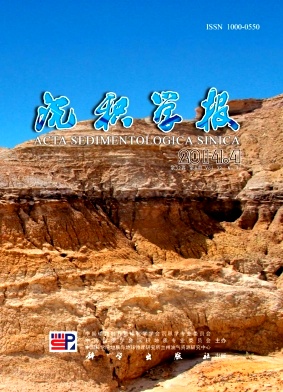Characteristics of Volcanic Reservoirs in Ke-Bai Fault Zone of Northwestern Junggar Basin, China
- Publish Date: 2014-08-10
-
Key words:
- volcanic /
- weathering crust reservoir /
- Carboniferous /
- Ke-Bai fault zone /
- Junggar Basin /
Abstract: In order to in-depth show the specialty and the main controlling factors of the Carboniferous weathering crust reservoirs in Ke-Bai fault zone of Junggar Basin and to seek high-quality reservoirs, cores, conventional thin section, casting thin section, fluorescence thin sections, and FMI were analyzed, finally the basic features and forming mechanism of volcanic pores and fractures were discussed. Results show that the types and characteristics of the pores and fractures in volcanic reservoir are diversified, which is composed mainly of secondary pores and fractures, characterized by low porosity and extremely low permeability. Because of higher brittleness, more structural fractures are found in lava rocks, and primary pores are mainly distributed on the top of lava rocks. Secondary pores and fractures are likely to form near faults and weathering crust, and the effective reservoirs exist within 300m downward from the unconformity. According to the combination way, the reservoir space can be divided into four categories: fracture-pore, fracture-intergranular pore, fracture-phenocryst dissolved pore, and fracture-matrix dissolved pore. The late weathering leaching, tectonic fracturing and dissolution effect are benificial for reservoir performance improvement of weathering crust, but hydrothermal alteration and cementation-filling effect are destructive. Oil accumulation was mainly controlled by fault and unconformity, and step-type fault block oil reservoirs mainly controlled by fracture and large stratigraphic oil reservoirs mainly controlled by unconformity form in the region.
| Citation: | Characteristics of Volcanic Reservoirs in Ke-Bai Fault Zone of Northwestern Junggar Basin, China[J]. Acta Sedimentologica Sinica, 2014, 32(4): 754-765. |






 DownLoad:
DownLoad: